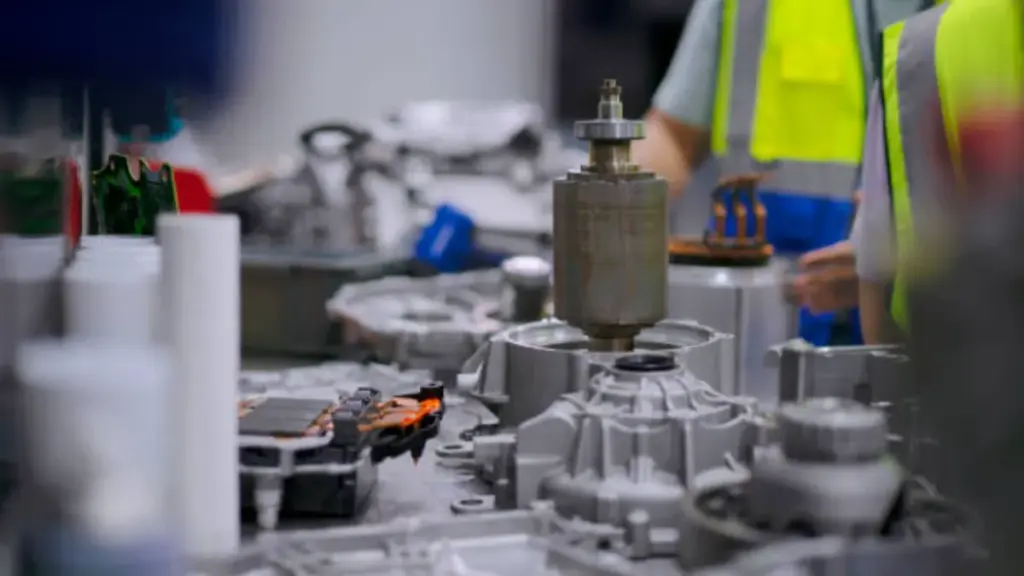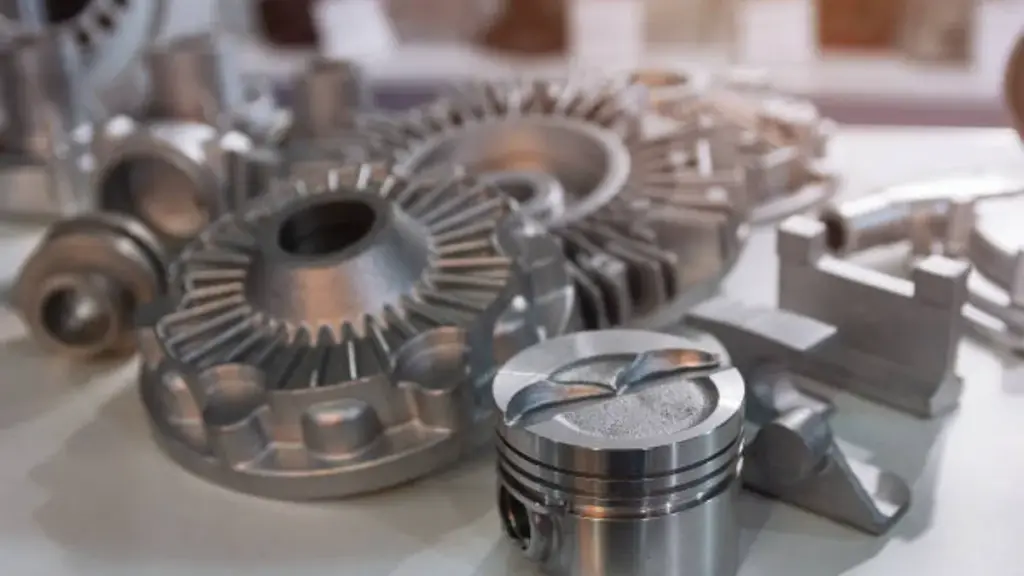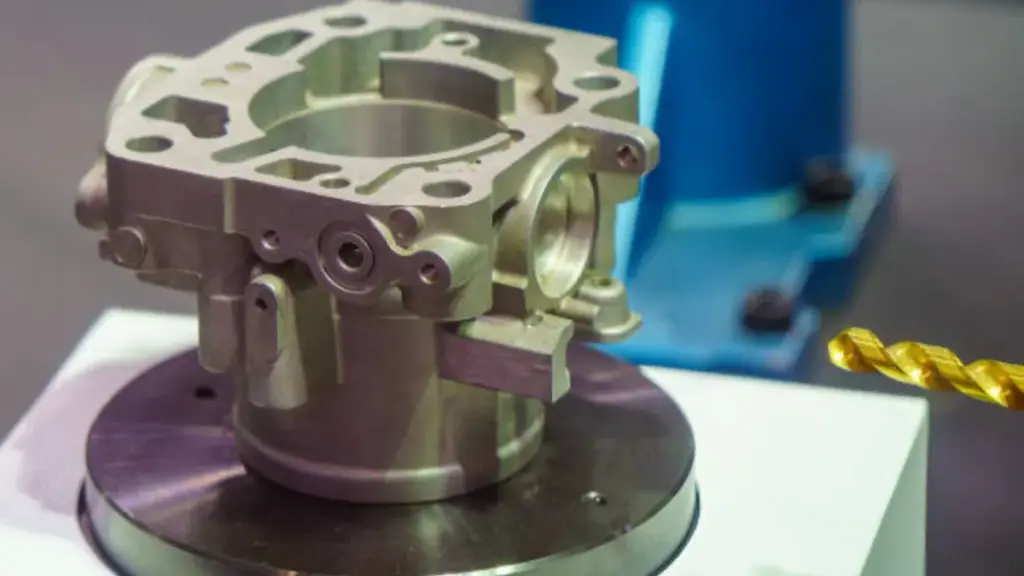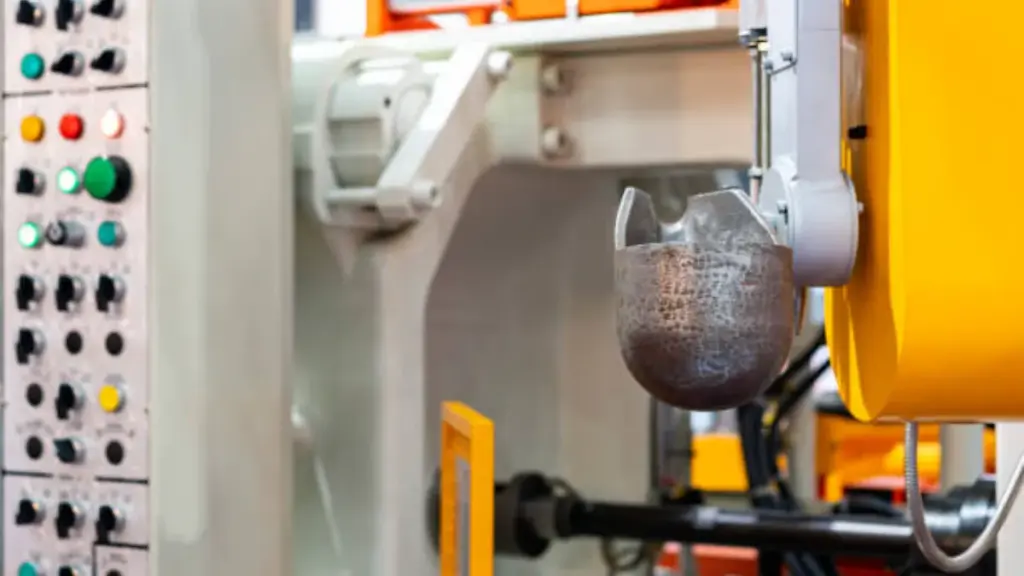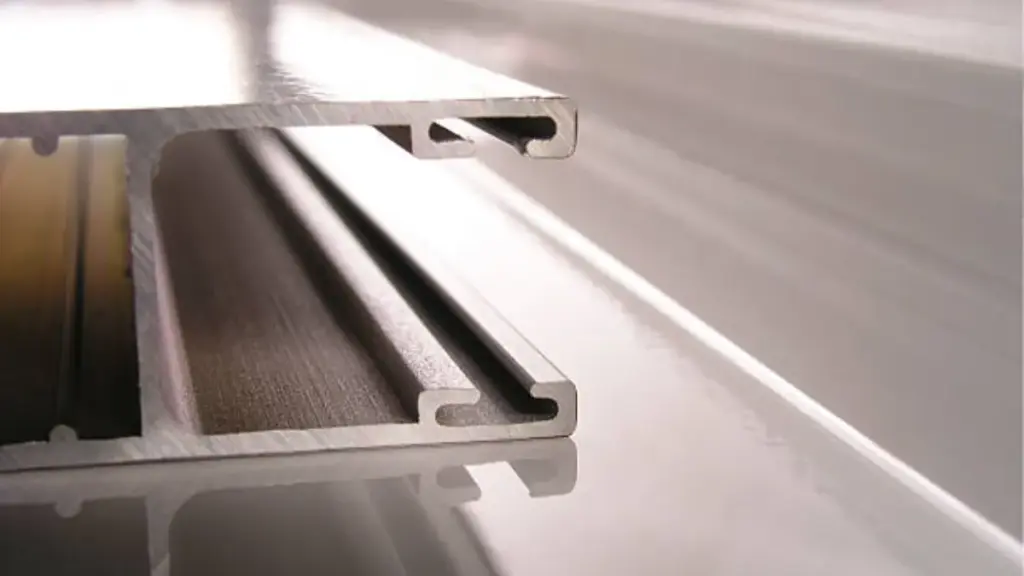Wenn wir an die Herstellung dauerhaft denken, leicht, und kompliziert geformte Metallkomponenten, Aluminiumstirschen sterben oft im Mittelpunkt der Bühne. Aber was genau ist Aluminium -Sterbchen -Casting, Und warum ist Aluminium das Metall der Wahl für diesen Prozess? Lassen Sie uns in die Muttern und Bolzen dieser faszinierenden Fertigungsmethode eintauchen.
Was ist Aluminiumdruckguss??
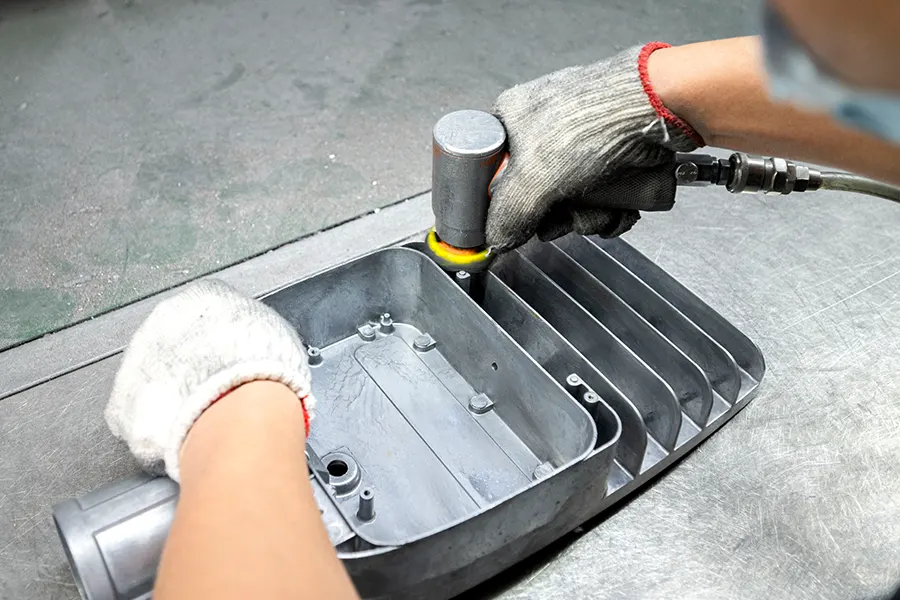
Die Gussguss ist ein Metallgussprozess, bei dem geschmolzene Aluminiumlegierung in einen Formhöhle unter hohem Druck gedrückt wird. Es ist wie eine Metallversion einer Jello -Form zu machen – nur, anstelle von Gelatine, Wir verwenden Aluminium! Diese Methode ermöglicht die Produktion komplexer Formen mit hoher Genauigkeit und Oberflächenbeschaffenheit.
Aluminium -Stempelgussprozess
Der Aluminium -Stempelgussprozess beinhaltet mehrere wichtige Schritte, von der Schimmelpilzvorbereitung bis zum Auswurf des Gießens. Lassen Sie es uns aufschlüsseln.
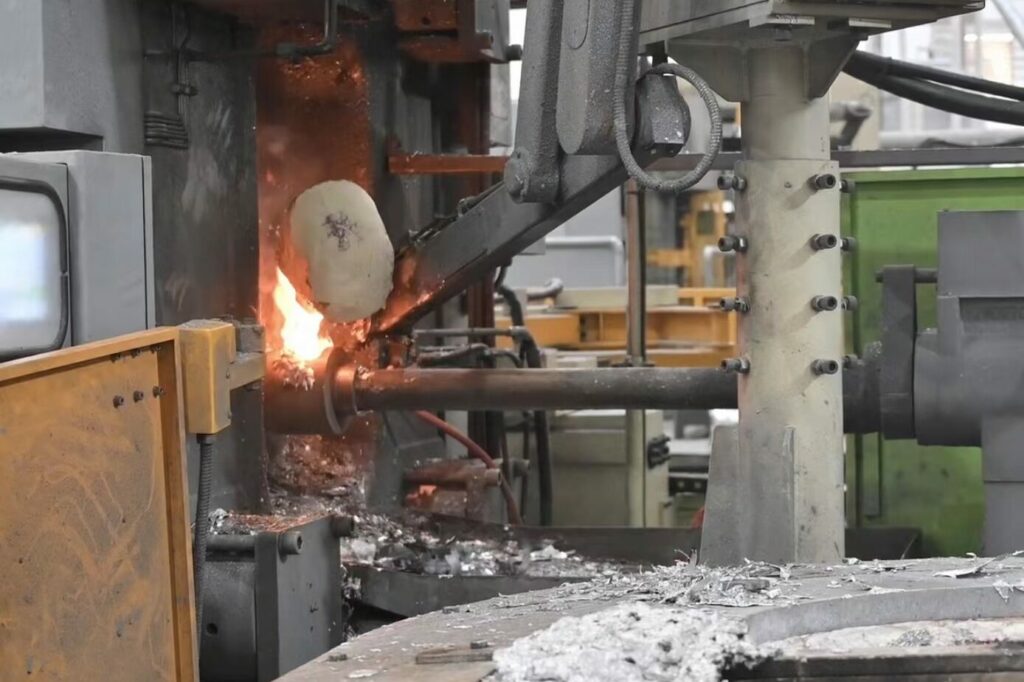
#1: Formvorbereitung
Das Wichtigste zuerst, Wir brauchen eine Form. Diese Form, Typisch aus Stahl hergestellt, wird zu den genauen Spezifikationen des gewünschten Teils erstellt. Es ist, als hätte ein maßgefertigter Keksschneider für Metall!
#2: Aluminium schmelzen und injizieren
Sobald die Form fertig ist, Es ist Zeit, die Dinge aufzuheizen. Aluminium -Pergots werden in einem Ofen geschmolzen und dann unter hohem Druck in die Formhöhle injiziert. Stellen Sie sich vor!
#3: Abkühlung und Erstarrung
Nachdem das Aluminium in die Form injiziert wurde, Es kühlt schnell ab und verfestigt sich, um die Form der Formhöhle zu beziehen. Dieser Vorgang geschieht schneller als Sie sagen können “Verfestigung von Aluminium.”
#4: Auswurf des Castings
Sobald sich das Aluminium verfestigt hat, Das neu geformte Teil wird aus der Form ausgeworfen, bereit, gekürzt zu werden, fertig, und zur Arbeit bringen.
Gemeinsame Aluminiumlegierungen,
Aluminium-Druckguss Wäre ohne die richtigen Legierungen nicht möglich. Schauen wir uns einige der häufigsten Aluminiumlegierungen an, die im Gussprozess verwendet werden.
Aluminiumlegierung 380
Aluminiumlegierung 380 ist eine der am häufigsten verwendeten Legierungen beim Gießen aufgrund seiner hervorragenden Gussbarkeit und mechanischen Eigenschaften. Es bietet gute Kraft und Härte, zusammen mit ausgezeichneter Korrosionsbeständigkeit. Legierung 380 wird häufig für Teile verwendet, die komplizierte Formen und dünne Wände erfordern, In verschiedenen Branchen zu einer beliebten Wahl zu machen, einschließlich Automobil- und Unterhaltungselektronik.
Aluminiumlegierung 383
Aluminiumlegierung 383 ist ähnlich wie Legierung 380 aber mit verbesserter Widerstand gegen heißes Knacken, Es ist besonders gut geeignet für die Casting-Anwendungen, die hohe Temperaturen beinhalten. Es bietet eine gute Fließfähigkeit und wird häufig für Komponenten verwendet, die eine ausgezeichnete Oberflächenfinish und dimensionale Stabilität erfordern.
Aluminiumlegierung 360
Aluminiumlegierung 360 ist bekannt für seine hohe Korrosionsbeständigkeit und hervorragende Druckdichtheit. Es wird üblicherweise für Teile verwendet, die überlegene Fluidität und Duktilität erfordern, wie Gehäuse für elektrische Komponenten und Sanitäranpassungen. Legierung 360 ist auch sehr messbar, Damit es für Teile geeignet ist, die nach dem Kastenbearbeitungsvorgang erforderlich sind.
Aluminiumlegierung 390
Aluminiumlegierung 390 ist eine hochfeste Legierung mit ausgezeichneter Verschleißfestigkeit und dimensionaler Stabilität. Es wird häufig für Teile verwendet, die hohe mechanische Eigenschaften erfordern, wie Motorkomponenten und Strukturteile in Automobil- und Luft- und Raumfahrtanwendungen. Legierung 390 Bietet eine gute Gussfähigkeit und eignet sich zum Erstellen komplexer Formen mit dünnen Wänden.
Arten von Aluminium -Sterbenguss
Jetzt, wo wir den Prozess verstehen, Erkunden wir die beiden Haupttypen von Aluminium -Sterbchen: Heiße Kammer und Kaltkammer sterben Casting.
Warmkammer-Druckguss
Im Warmkammer-Druckguss, Das Injektionssystem ist in das geschmolzene Metallbad eingetaucht. Dieser Prozess ist ideal für Metalle mit niedrigen Schmelzpunkten, wie Zink und Magnesium. Es ist, als würde man Metallmagie in einem sprudelnden Kessel machen!
Kaltkammer-Druckguss
Kaltkammer-Druckguss, auf der anderen Seite, beinhaltet das Schöpfen des geschmolzenen Metalls in die kalte Kammer, bevor es in die Form injiziert wird. Diese Methode wird für Metalle mit hohen Schmelzpunkten bevorzugt, wie Aluminium und Kupfer. Es ist, als würde man flüssiges Metall sorgfältig in eine wartende Form gießen.
Arten von Aluminium -Würfelgussmaschinen
Die Gussmaschinen der Sterbe sind so konzipiert. Sie kommen in verschiedenen Formen und Größen, jeder passt zu unterschiedlichen Produktionsbedürfnissen. Es gibt drei Haupttypen von Würfelgussmaschinen:
- Horizontale Kaltkammermaschinen: Diese Maschinen sind ideal für die Produktion mit hoher Volumen und werden üblicherweise in Branchen wie Automobil und Luft- und Raumfahrt eingesetzt.
- Vertikale Kaltkammermaschinen: Vertikale Kaltkammermaschinen werden für kleinere Produktionsläufe verwendet und bieten eine größere Flexibilität in Bezug auf Formgröße und Konfiguration.
- Horizontale heiße Kammermaschinen: Sie eignen sich am besten für Metalle mit niedrigen Schmelzpunkten und werden häufig für Zink- und Magnesium -Würfel -Gussanwendungen verwendet.
Schlüsselkomponenten einer Aluminium -Würfelmaschine
Jetzt, da wir die verwendeten Maschinen kennen, Lassen Sie uns mit den Schlüsselkomponenten eintauchen, die sie zum Ticken bringen.
Injektionseinheit
Die Injektionseinheit ist für das Schmelzen des Metalls verantwortlich. Es ist wie das schlagende Herz der Würfelmaschine, Pumpen geschmolzenes Metall in die wartende Form.
Klemmeinheit
Die Klemmeinheit hält die beiden Hälften der Form während des Gussprozesses unter immensen Druck zusammen. Es ist wie die starken Arme, die alles an Ort und Stelle halten, während die Magie passiert.
Hydrauliksystem
Das Hydrauliksystem liefert die Leistung, die für den Betrieb der verschiedenen Komponenten der Gussmaschine erforderlich ist. Es ist wie die Muskeln, die die gesamte Operation ausführen, Sicherstellen, dass alles reibungslos verläuft.
Vorteile des Aluminium -Sterbchens
Jetzt, da wir ein solides Verständnis dafür haben, wie Aluminiumstirschen funktioniert, Lassen Sie uns einige seiner wichtigsten Vorteile untersuchen.
Hohes Verhältnis von Festigkeit zu Gewicht
Aluminiumstempel-Gussteile bieten ein ausgezeichnetes Verhältnis von Kraft zu Gewicht, Sie ideal für Anwendungen, bei denen Gewichtseinsparungen von entscheidender Bedeutung sind, wie in der Automobil- und Luft- und Raumfahrtindustrie.
Maßgenauigkeit
Dank der Präzision des Casting -Prozesses, Aluminiumteile können mit engen Toleranzen und hoher dimensionaler Genauigkeit erzeugt werden, Sicherstellen Sie jedes Mal eine perfekte Passform.
Hochgeschwindigkeitsproduktion
Aluminiumstabguss ist ein hocheffizienter Prozess, der die Produktion großer Mengen von Teilen in relativ kurzer Zeit ermöglicht. Es ist wie der Usain -Bolzen von Herstellungsprozessen!
Kosteneffizienz
Trotz seiner vielen Vorteile, Aluminiumstabguss bleibt eine kostengünstige Fertigungslösung, Bieten Sie erhebliche Einsparungen gegenüber anderen Produktionsmethoden, Besonders für hochvolumige Produktionsläufe.
Komplexe Formen und dünne Wände
Einer der bedeutendsten Vorteile des Aluminium -Würfelwusses ist die Fähigkeit, Teile mit komplexen Geometrien und dünnen Wänden zu produzieren, die unmöglich oder unerschwinglich teuer wären, mit anderen Methoden zu erreichen.
Anwendungen des Aluminiumdruckgusses
Jetzt, wo wir wissen, warum Aluminium sterben Casting -Felsen, Erkunden wir einige seiner häufigsten Anwendungen in verschiedenen Branchen.
Automobilindustrie
Von Motorkomponenten bis hin zu Getriebeteilen, Aluminiumkaste spielt eine entscheidende Rolle in der Automobilindustrie, wo leicht, Langlebige Teile sind für Kraftstoffeffizienz und Leistung unerlässlich.
Unterhaltungselektronik
In der Welt von Unterhaltungselektronik, Aluminiumstabguss wird verwendet, um schlanke und leichte Gehäuse für alles zu schaffen, von Smartphones bis zu Laptops, Sicherstellen sowohl Stil als auch Haltbarkeit.
Luft-und Raumfahrtindustrie
In Luft- und Raumfahrtanwendungen, wo das Gewicht ein entscheidender Faktor ist, Aluminiumstabguss wird verwendet, um leichte, aber unglaublich starke Komponenten für Flugzeuge und Raumschiffe zu erzeugen.
Medizinische Ausrüstung
In der medizinischen Industrie, Aluminium -Würfelguss wird verwendet, um eine Vielzahl von Komponenten zu erzeugen, Von chirurgischen Instrumenten bis hin zu medizinischen Geräten, wo Präzision und Zuverlässigkeit von größter Bedeutung sind.
Industriemaschinerie
Von Pumpen und Ventilen über Getriebe und Gehäuse, Aluminium-Würfelguss wird im Industriemaschinensektor häufig verwendet, um hochwertige Qualität zu erzeugen, langlebige Komponenten, die den anspruchsvollen Betriebsbedingungen standhalten können.
Qualitätskontrolle beim Aluminium -Sterbchenguss
Aufrechterhaltung strenger Qualitätskontrollstandards ist unerlässlich, um die Integrität und Konsistenz von Aluminiumstab -Guss -Teilen zu gewährleisten. Erforschen wir einige gemeinsame Qualitätskontrollmaßnahmen.
Inspektionsmethoden
Von der visuellen Inspektion bis hin zu fortgeschrittenen nicht zerstörerischen Testtechniken, Eine Vielzahl von Inspektionsmethoden wird verwendet, um die Qualität und Integrität von Stanzteilen zu überprüfen.
Mängel und ihre Prävention
Häufige Mängel im Aluminium -Sterbchenguss, wie Porosität, Schwindung, und kalte Schlangen, kann durch ordnungsgemäße Prozesskontrolle minimiert werden, Materialauswahl, und Designoptimierung.
Auswahl des richtigen Aluminium -Würfel -Casting -Herstellers
Mit so vielen sterbenen Casting -Herstellern da draußen, Die Auswahl des richtigen Auswählens kann eine entmutigende Aufgabe sein. Hier sind einige Schlüsselfaktoren bei der Auswahl eines Herstellers zu berücksichtigen.
Erfahrung und Fachwissen
Suchen Sie nach einem Hersteller mit einer nachgewiesenen Erfolgsbilanz und umfassenden Erfahrung im Aluminium -Würfel -Casting. Ein Unternehmen, das die Vor- und Nachteile des Prozesses kennt, liefert eher hochwertige Teile, die Ihren Spezifikationen entsprechen.
Qualitätszertifizierungen
Stellen Sie sicher, dass die Hersteller von Gussguss ist nach Branchenstandards wie ISO zertifiziert 9001 und IATF 16949, die ihr Engagement für Qualität und kontinuierliche Verbesserung demonstrieren.
Kundenbewertungen
Schauen Sie sich Kundenbewertungen und Testimonials an, um das Ruf und die Kundenzufriedenheit des Herstellers zu erhalten. Ein Hersteller mit einem soliden Ruf und positivem Feedback früherer Kunden erfüllt eher Ihre Erwartungen.
Abschluss
Abschließend, Aluminiumstab Casting ist ein sehr vielseitiger und kostengünstiger Herstellungsprozess, der zahlreiche Vorteile gegenüber anderen Produktionsmethoden bietet. Von seiner Fähigkeit, komplexe Formen mit hoher Genauigkeit bis hin zu seiner breiten Anwendungsspanne in verschiedenen Branchen zu produzieren, Aluminiumkaste spielt weiter

